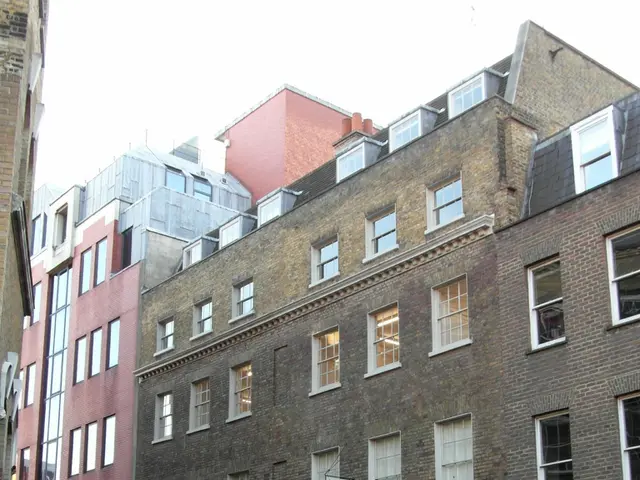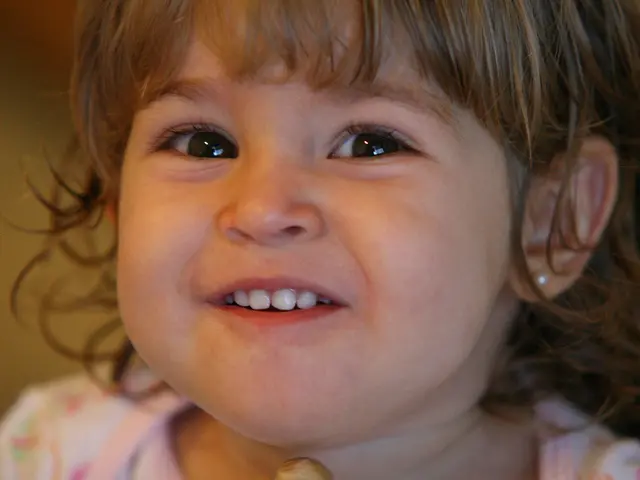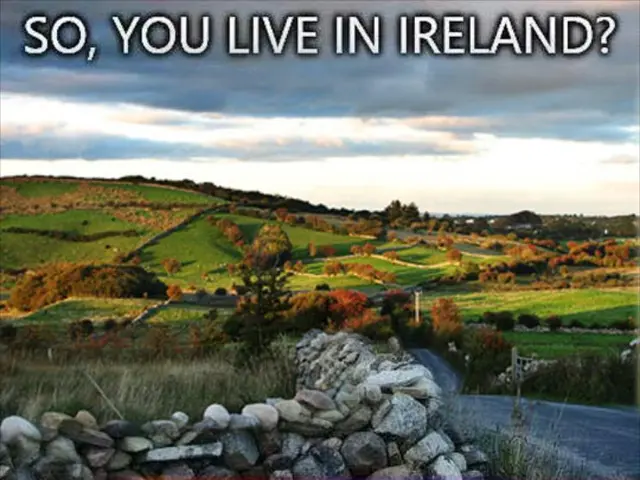East Side Gallery: From Berlin Wall Symbol to Vibrant Tourist Hub
The area surrounding the East Side Gallery in Berlin has witnessed dramatic transformations since the mid-1990s. Once a symbol of division, it's now a vibrant hub attracting millions of visitors annually, thanks to its rich history and recent developments.
In 1990, following the fall of the Berlin Wall, the longest remaining section was transformed into the East Side Gallery. Over 118 artists from 21 countries painted murals celebrating freedom, with Moscow artist Dmitri Vrubel's 'Brotherly Kiss' becoming an iconic image.
The early 1990s saw a flourishing counterculture on the Spree River banks behind the former wall. However, the area has since undergone significant changes, with real estate development leading to the construction of luxury apartments and hotels. This was part of the controversial 'Mediaspree' project, which sparked debate due to its gentrification effects.
Anna von Arnim-Rosenthal has managed the East Side Gallery since 2018, ensuring its preservation and growth as a major tourist attraction.
The East Side Gallery, once a stark reminder of division, now stands as a testament to unity and freedom. Its transformation reflects Berlin's evolution, balancing its historic significance with modern developments that have reshaped the cityscape and drawn millions of visitors each year.








